In June 2011, the director-general of the World Health Organization, Dr. Margaret Chan, welcomed Peng Liyuan, one of China’s most famous folk singers — not to mention wife of the country’s current president, Xi Jinping — into the WHO’s modernist Geneva headquarters.
Peng, accompanied by a VIP delegation of Ministry of Health officials and their guests, was being sworn in as a goodwill ambassador of the U.N. agency, helping spearhead its efforts against AIDS and tuberculosis. After welcoming her new ambassador, Chan met with those present, posing for a photo with Sun Shuangxi, the Asia director of a Swiss clinic, the Centre de Santé Helvétique (CSH). She even wrote him a note in Chinese. “Be concerned with health,” it read. “Be delighted with life.”
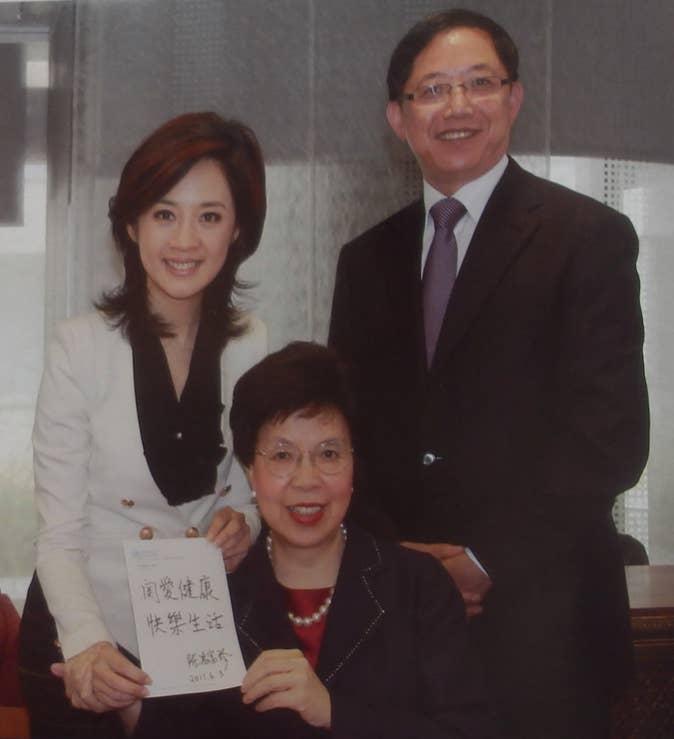
Sun’s employer, the CSH, offers what it claims is a near-miraculous “revitalization therapy”, which it says can help tackle hypertension, infertility, diabetes, and even cancer. That treatment, often referred to as “live cell therapy” or “fresh cell therapy,” involves killing a pregnant sheep and removing its fetus, mincing some of its organs, and injecting these "fresh" cells into the patient. Variations of the treatment include freezing the mashed-up fetus for a time before injection, or using cells from the fetus or placenta in pill form.
Other clinics offering such treatment make even bolder claims as to what it can achieve, including curing multiple sclerosis, healing autism, and tackling cerebral palsy. One poster advertising the Fetal Cells Technology Institute claims to be able to tackle “pre-terminal AIDS” with a success rate of more than 95%. All of the conditions are considered incurable by conventional medicine.
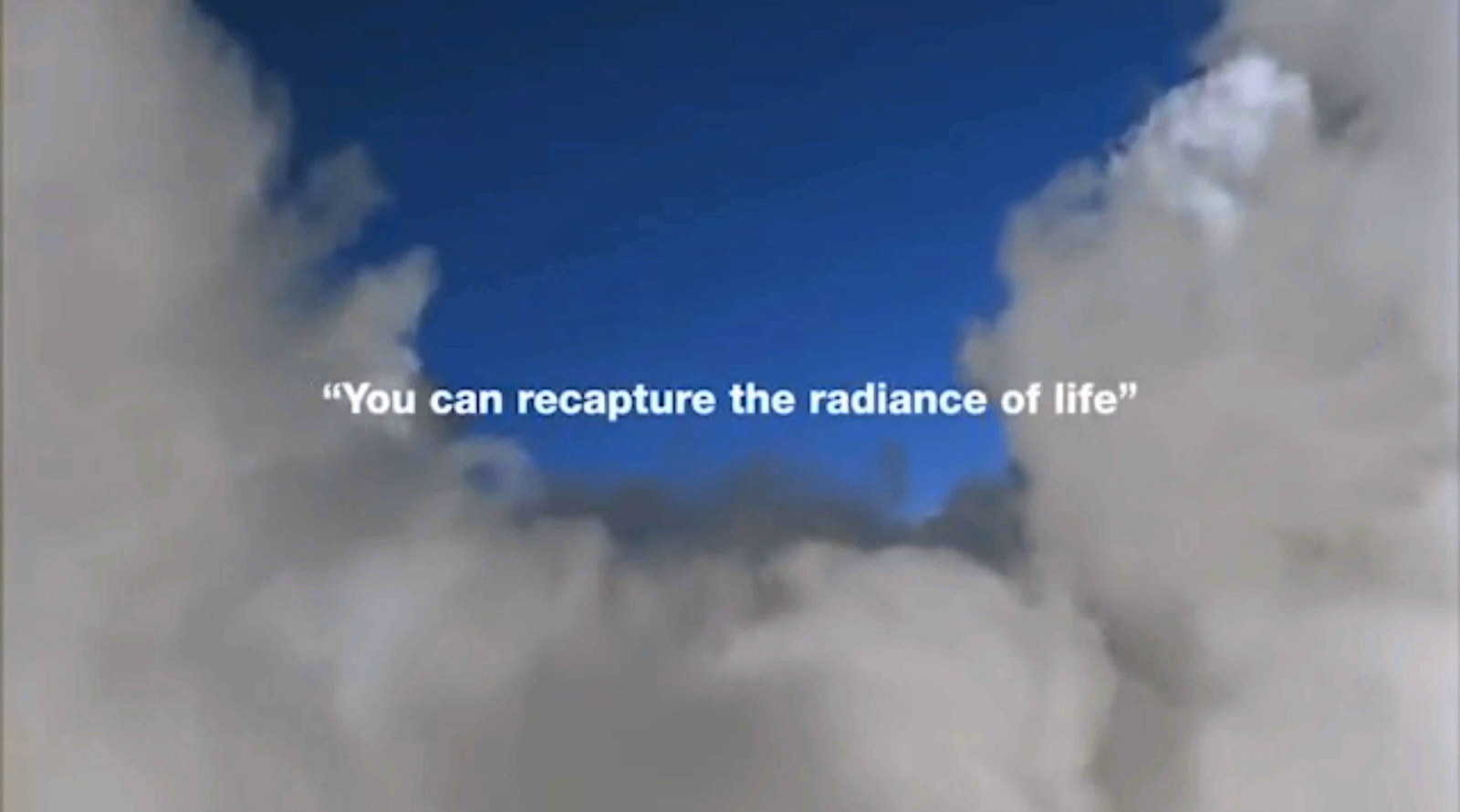
The incredible medical claims in material promoting clinics offering these treatments are backed up by a similarly incredible list of supposed patients: Winston Churchill, Audrey Hepburn, and Nelson Mandela all benefited from this therapy, say the adverts — which rely on positing the treatment as a secret known only by elites. So too, they claim, have Margaret Thatcher, Princess Diana, the Queen, Rupert Murdoch, and Madonna.
Several of those supposed clients strongly deny ever using the treatment, but at least one modern-day celebrity — Michelle Rodriguez, of Lost and the Fast & Furious film series — was happy to publicly endorse a clinic and pose for a photoshoot receiving its treatments. A spokesperson for Rodriguez declined to comment on the “private” matter.
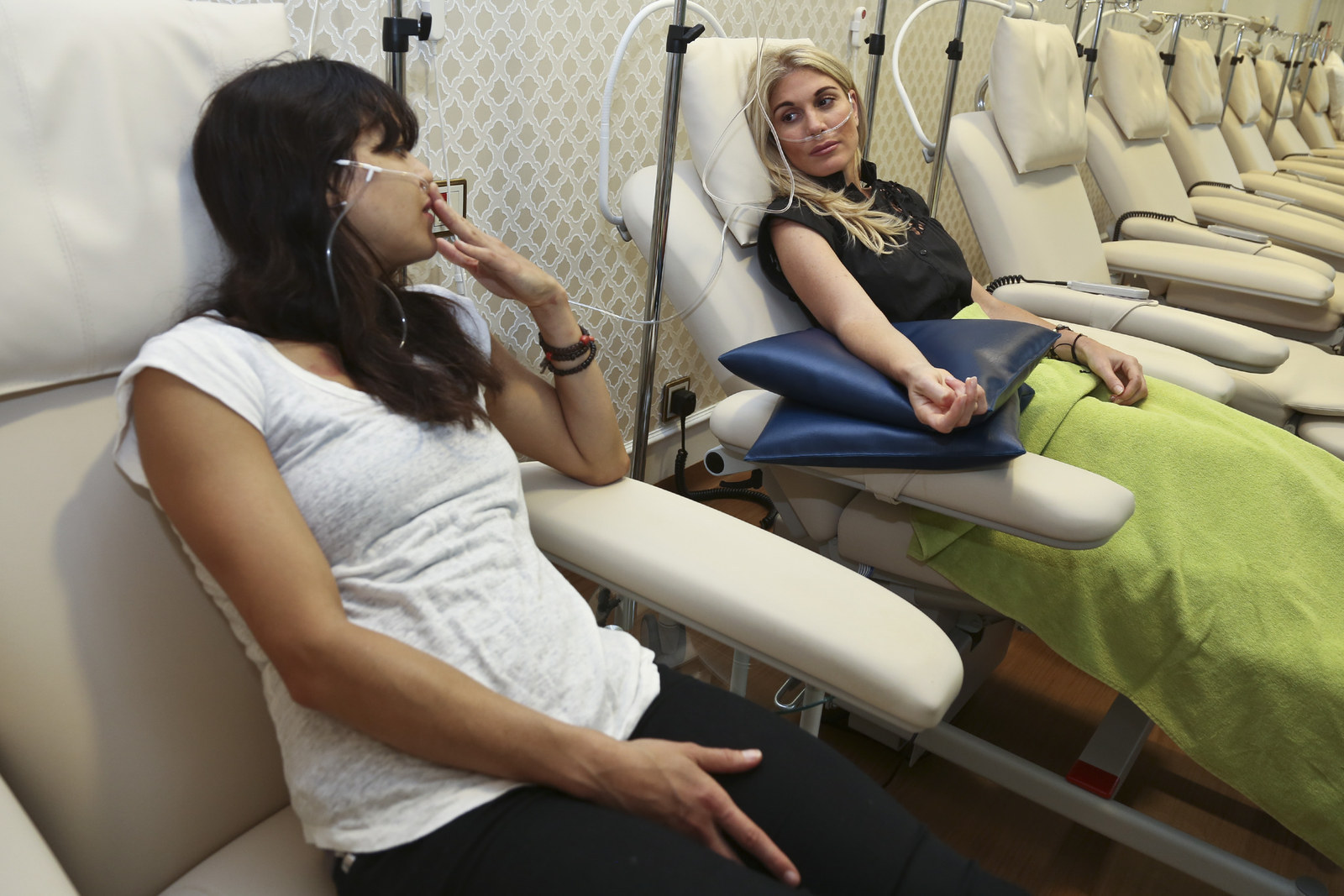
The treatment, which has existed for more than 80 years, has been long discredited by mainstream medical opinion, and had dwindled to a near-irrelevance by the early 1990s. In recent years, however, the clinics have found a lucrative new market in East Asia, evidenced by thousands of pages of marketing materials, pricing sheets, videos, and other documents seen by BuzzFeed News.
Dozens of clinics offer the useless — and sometime dangerous — treatment, charging tens of thousands of dollars a time, promoting it to their wealthy customers through offices in China, Japan, Indonesia, and elsewhere.
The resurgence has prompted a backlash: Last year the U.S. Centers for Disease Control and Prevention cited the treatment as the cause of an outbreak of Q fever — a potentially life-threatening disease that can cause serious heart and lung damage — in New York, following the return of a group of patients who had received the therapy in Germany to the U.S. And in Switzerland, the country’s main medicine regulator says the therapy is unsupported and illegal, but admits it is struggling to prevent dozens of the clinics continuing to offer their services under the radar.
Today, wealthy and sometimes desperate families travel across the world to Switzerland and Germany, where the clinics operate, paying up to $100,000 for treatment courses. What they receive in return is a series of injections of the organs of sheep fetuses, ripped from their mothers earlier that day and mashed up into pink gunk — and thanks to online shipping, treatments arrive on the doorsteps of sick people the world over, including in the U.S. and the United Kingdom.

Giving “life to years”
Fresh cell therapy was conceived in 1931 by a Swiss medic, Dr. Paul Niehans. Convinced by the maxim of the 16th-century philosopher Paracelsus — that “like cures like,” the same idea that forms the foundation of homeopathy — Niehans concluded that numerous ailments could be cured by the injection of healthy animal cells into humans.
Over the next few decades, his procedure grew in popularity, eventually winning him friends in the highest of places: In the mid-1950s an ailing Pope Pius XII enlisted Niehans to treat his chronic hiccuping. So happy was the pope with Niehans’ apparent results that the doctor was appointed to the Pontifical Academy of Sciences. The seat Niehans filled had previously been occupied by Sir Alexander Fleming, the inventor of penicillin, until his death in 1953.
In the following decades, clinicians trained by Niehans split off and founded their own clinics in Switzerland and Germany, spreading word of the treatment — but despite the occasional surge in popularity, fresh cell therapy failed to spread significantly outside of these regions, and was hit hard in the early 1990s by fears in the wake of the U.K.’s BSE (or “mad cow disease”) crisis.
The rise of stem cell therapies — fueled by the hope that advanced manipulation of stem cells will allow the treatment of genetic conditions for which there are no good current remedies — seems, however, to have spurred a new surge of interest in fresh cell therapy, with a plethora of clinics offering high-end pseudo-medical services.
One of the more prolific advertisers is the German-based Villa Medica clinic, with ads that vary from the surreal, to slickly produced segments showcasing the clinics’ treatments and luxury accommodation, to celebrity endorsements on one of the Philippines’ most popular TV shows. A spokeswoman for the clinic said Villa Medica does not itself produce adverts or online videos, but rather its agents — who attract customers to the clinics — do.
One such advert begins with a camera floating through the clouds, with a Chopin’s “Nocturne” playing. Over it speaks a disembodied robotic voice, quoting Niehans.
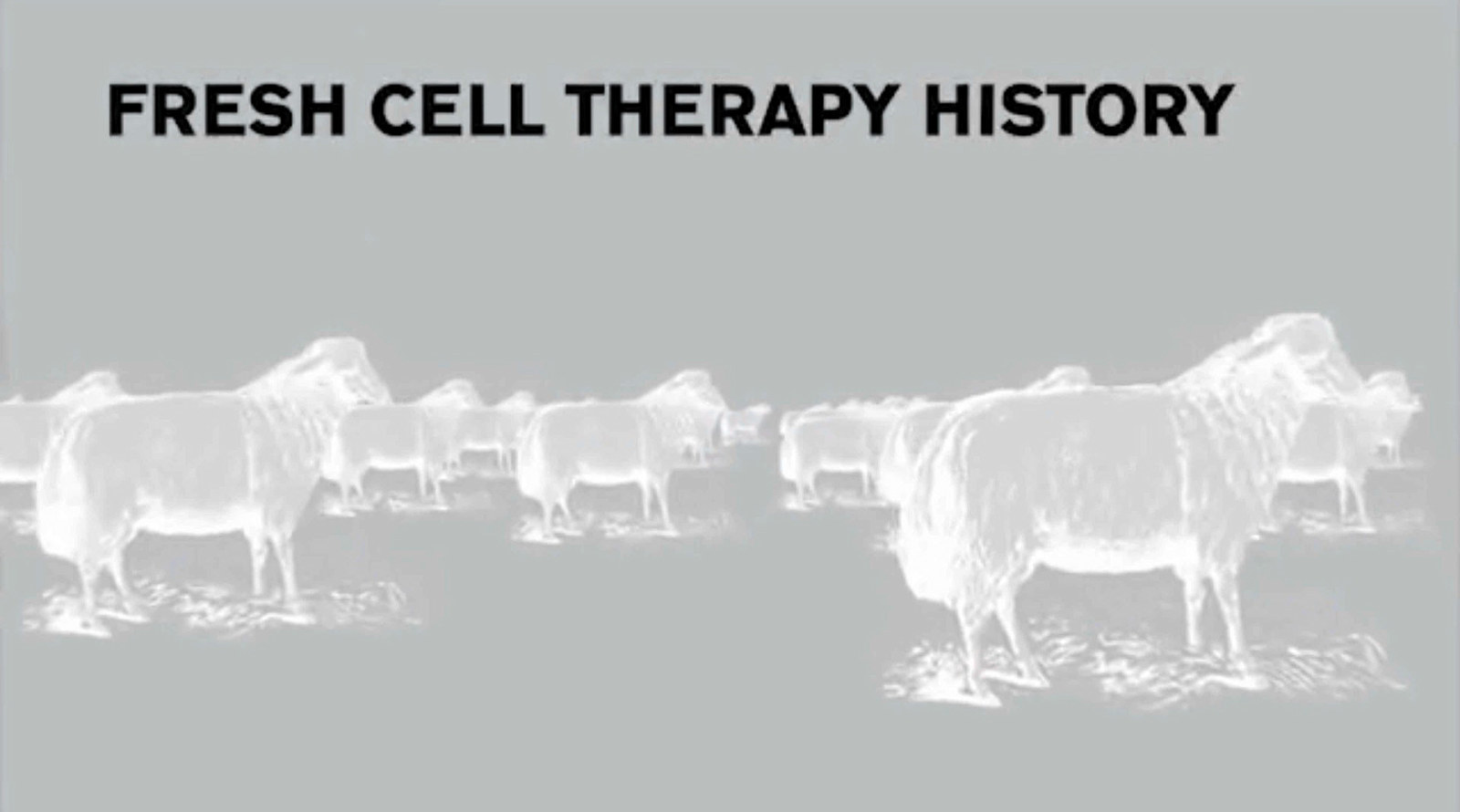
“What I am striving after is not only to give more years to life, but especially to give more life to years,” it begins, before explaining the treatment.
“Fresh cell therapy is a purely biological therapy in which fresh cells from donor animals, usually fetal sheep, are injected into the human body for treatment of a wide range of diseases and to retard the ageing process. This method of using living tissues is believed to be the best way to treat illnesses.”
The adverts describe the clinic’s procedure. “Fresh cells from Merino sheep donor animals with a 50-year bloodline heritage are extracted and administered on the same day,” they say.
Villa Medica seems particularly proud of its Merino sheep — a breed more commonly prized for its wool production — which the adverts say have been “100% internally bred without any contact with other farm animals and the public, which protects our herd from cross-contamination.”
The cells from their fetuses, once injected, will have amazing results, the videos claim. The treatment “stimulates and activates the body’s own healing and revitalizing powers,” it pledges. “You can recapture the radiance of life.”
More concretely, the adverts promise “a sharper and better memory,” “enhanced metabolism,” and “improved blood circulation.”
“You can even achieve a total cure and disease-free state,” they state.
Other videos show segments from The Woody Show, one of the Philippines’ most popular chat shows before its host was jailed for criminal libel in 2015. In one, 78-year-old Pilita Corrales — a singer with more than 100 albums who performed with the Beatles in the 1960s — explains how fresh cell therapy saved her career after a fall onstage.

“I’ve heard about stem cells already,” she tells the host, because “many important people” were having the fresh cell remedy. In agony from her hip injury, and unable to perform, she went to Germany for the Villa Medica treatment.
“The next day I thought I was going to feel a little dizzy but after one week I was back,” she says delightedly. “I was able to get married three times again.”
What’s more, she tells the delighted host, after the treatment she has sex “every day, before breakfast.”
Another segment features the show’s host interviewing the mother of an autistic boy, who sits next to her throughout as she extols the miraculous effect the cell therapy had upon her son.
The child fiddles relentlessly with a tablet computer, barely looking up as the interview, which is clipped and edited, proceeds. In an apparent bid to show his improvement, the host shakes hands with the boy — it takes two attempts — before closing with a failed attempt to high-five the visibly disengaged child.

Business class or first?
The adverts are not trying to draw in any old customer, though: Fresh cell therapy clinics, whether in Switzerland or in Germany, are strictly for the ultra-rich.
Private booking forms for the Swiss clinic CSH, seen by BuzzFeed News, open with a long discussion of the treatment, a detailed medical questionnaire, and a reminder of why cell therapy is the right choice for the patient — noting in passing that chemotherapy drugs are “harmful, toxic,” and “could damage malignant cells or normal cells,” while “natural” fresh cell therapy increases the body’s “resistance to cancer” and “helps to reduce the risk of benign to malignant transformation.”
A separate booklet ensures the client will be kept in the lap of luxury: What would the clinic’s “VIP guest” like from their stay? The questions tackle travel — CSH offers “first-class or business-class” only — before moving on to which five-star hotel the patient would like to stay in: a city pad, or a rural getaway? Sightseeing options include helicopter trips, yachting, and more.
Like many fresh cell clinics, the brochure also gives clients a chance to get a head start on their luxury shopping while in Europe, offering the option to be presented with a range of luxury watches for purchase, as well as cosmetics or antiques. Other clinics go still further, signing partnership deals with the luxury crystal purveyor Swarovski to promote their local stores.
It’s all top-of-the-line stuff — but so is the price tag. The deposit alone for treatment at CSH ranges from $7,500 to $15,000, with the rest of the payment required in full before treatment begins. Invoices from other clinics seen by BuzzFeed News show straightforward fresh cell “checkups” costing between $6,000 and $14,500, while a high-end treatment course can cost up to $86,000 or even $100,000.
A final draw the clinics use to persuade modern-day high rollers to splash out on the regeneration therapies is to show off an apparently A-list roster of previous clients. Villa Medica’s adverts suggest fresh cell therapy in its initial heyday was used not just by multiple popes — it was certainly used by at least one — but also Winston Churchill, Charles de Gaulle, Charlie Chaplin, Audrey Hepburn, and Marilyn Monroe.
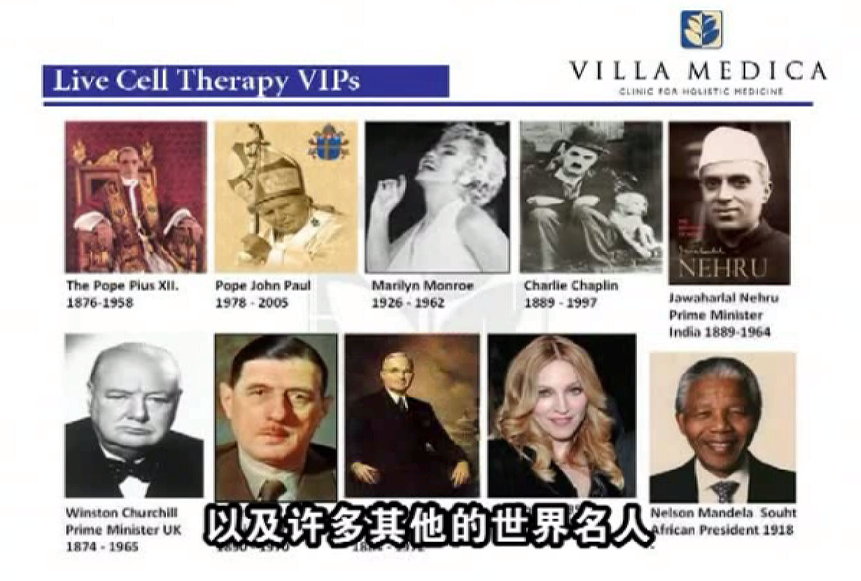
Adverts for other clinics claim that more contemporary fresh cell therapy clients include Madonna, Michael Douglas, Rupert Murdoch, and the U.K.’s head of state herself, Queen Elizabeth II.
These were claims spokespeople for several of the notables were quick to dismiss. There is “absolutely no truth to this,” said a spokesman for Rupert Murdoch. “Michael has never heard of this company nor has he ever used their products or followed any kind of procedure like they claim,” said Michael Douglas’s spokesman, who added he was consulting counsel over the use of the actor's image in the promotional materials.
By longstanding convention, Buckingham Palace never comments on any questions relating to the Queen’s health, but BuzzFeed News understands the palace would never grant permission for her image to be used in such a manner. Multiple requests for comment to Madonna’s representatives were not returned.
Some celebrities publicly state, however, that they use cell therapy. Last July actor Michelle Rodriguez posted a photo to Facebook of her and a friend standing outside Villa Medica’s clinic in Germany.
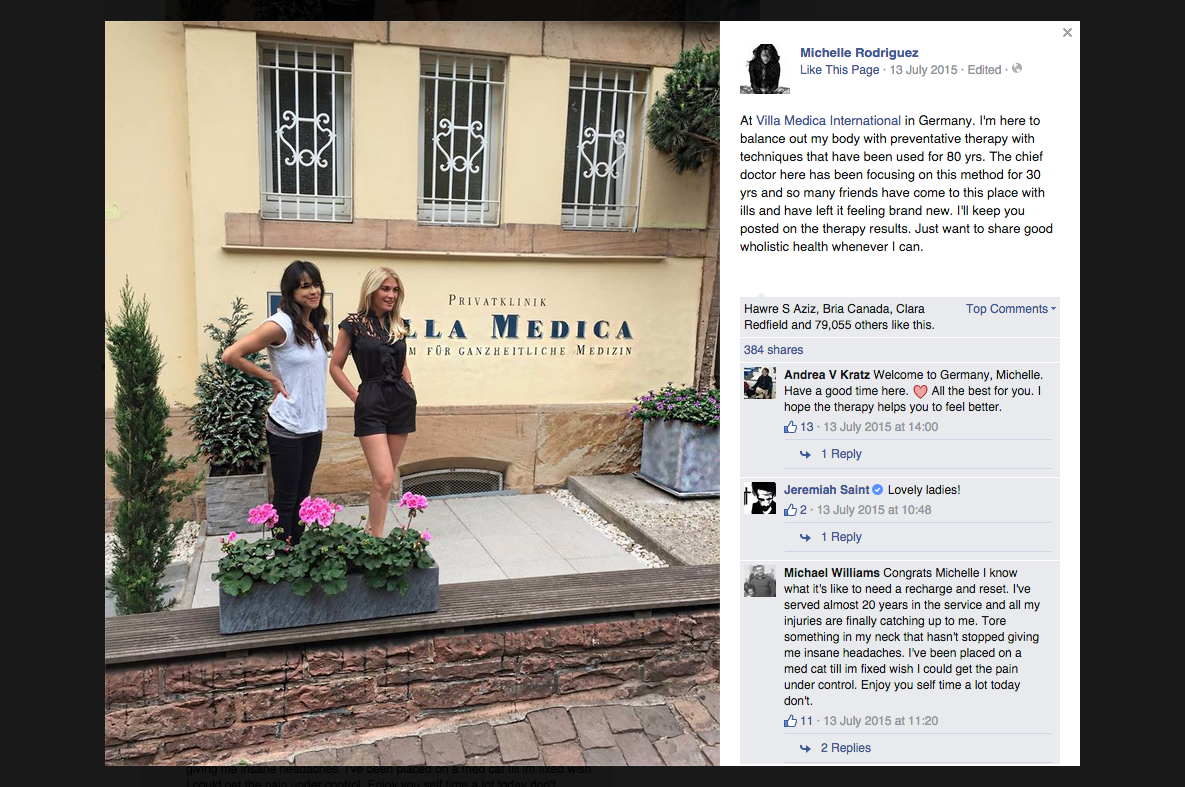
“I'm here to balance out my body with preventative therapy with techniques that have been used for 80 yrs,” she wrote.
“The chief doctor here has been focusing on this method for 30 yrs and so many friends have come to this place with ills and have left it feeling brand new. I'll keep you posted on the therapy results. Just want to share good wholistic [sic] health whenever I can.”
BuzzFeed News asked Rodriguez’s representatives if she still supports the treatments, and whether she had received any payment for her endorsement. “We do not comment on our clients’ personal lives,” said a spokeswoman. Villa Medica said it had not paid Rodriguez for her post.
The post received more than 79,000 likes. “It sounds like a place I need to be at,” one early commenter wrote. “Please let us know if the treatments work,” replied another.
Supported by the Swiss government?
Despite the clinics’ influential friends, their famous clients, their hefty price tags, and the ambitious marketing claims, the treatments they offer — for serious and sometimes terminal medical conditions — may not even be legal in some of the countries where they are performed.

If you believe the brochure of CSH, the treatment is not only legal in Switzerland, it’s encouraged. One such pamphlet opens with a smiling message of encouragement from the company’s chairman, a former federal councillor for the right-wing Swiss People’s Party, whose advertising once featured a flock of white sheep kicking a black sheep out of the country. Next, the local town mayor welcomes prospective patients to “one of the world’s most authoritative wellness centres.”
The next page shows the smiling photo of the WHO’s director-general, Dr. Margaret Chan, with CSH’s Asia director. “World Health Organization Recommended CSH,” the caption proclaims. The effect is a reassuring one.
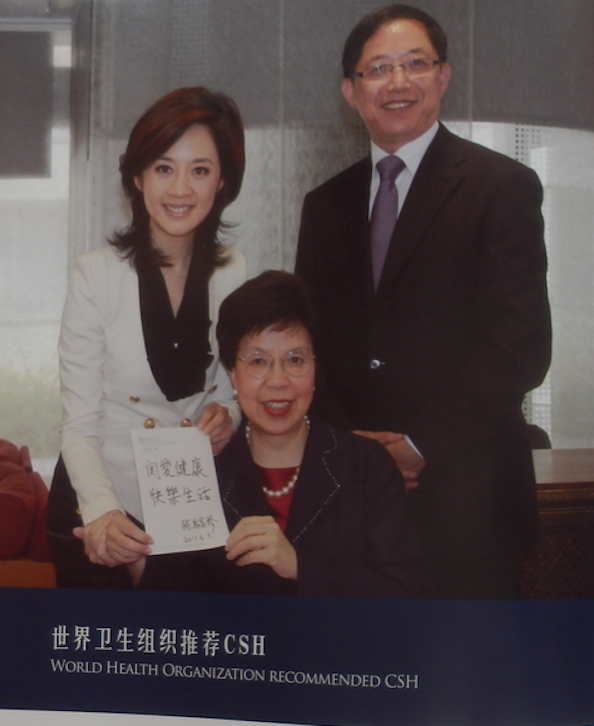
The reality is, unsurprisingly, more complicated. Six years before CSH’s photo op with the director-general, the WHO flatly condemned fresh cell therapies.
“Animal cells are being injected supposedly to achieve, for example, ‘rejuvenation’ or as unproven ‘treatments’ for a variety of illnesses and complaints,” it stated. “In these unregulated practices, many types of animal cells have been used with little attention to quality, safety, or effectiveness. These types of practices pose unacceptable infectious public health risks and should not be permitted.”
A spokesman for the World Health Organization said Dr. Chan had not endorsed the clinic, and they had asked CSH to remove the photo from their website as soon as it was drawn to their attention. He added that while “there is no official WHO position on the subject,” “there is no evidence about [its] efficacy,” and there are “serious concerns about safety.”
“Countries such as Switzerland have taken measures to prohibit these practices,” he said.
CSH’s brochure seems reassuring about cell therapies’ legal position in Switzerland. It makes a side-by-side comparison of fresh cell therapy with rivals such as plastic surgery or skin care products. While these are merely “legal,” it says, “the Swiss government support” fresh cell therapy.
This came as something of a surprise to the country’s medicines regulator, Swissmedic.
“Most of these so-called fresh cell therapies are illegal,” spokesman Peter Balzli told BuzzFeed News. “There’s probably 30, 40, 50 clinics in the French-speaking part of Switzerland. They all know that they shouldn’t do that, but if one does and we learn about it we will go after them.
“It is extremely popular especially amongst Chinese clients. The clinics are pretty angry with us because we banned these therapies and they’re angry with us.”
The clinics continue to operate, he said, because they are savvy in avoiding drawing regulators’ attention.
“We do inspections every now and again but it’s very hard to catch them because normally they will do it in a very smart way,” he said. “They will bring the patients to a place nobody knows and so it’s tricky, the enforcement is very complicated.”
A statement on the Swissmedic website reiterates this. “To date, the Federal Office of Public Health and Swissmedic have not granted any authorisation, production permit, or other permits for the products used in fresh cell therapy or for their application.”
In Germany, by contrast, the treatments appear to be legal, according to the medicines regulator and clinics operating in the country.
“In Germany the question whether a manufacturing license is required for a specific drug is usually decided on a state level,” said a spokesman for BMG, Germany’s institute for drugs and medical devices. “If the drug contains cells or tissues of animals, the doctor or the person allowed to practice medicine has a duty of disclosure.”
However, he suggested Germany may also be reassessing its rules on these treatments.
“The Federal Ministry of Health is currently examining further measures based on new expert reports from the Federal Institute for Drugs and Medical Devices (Bundesinstitut für Arzneimittel und Medizinprodukte) and the Paul-Ehrlich Institute,” he said.
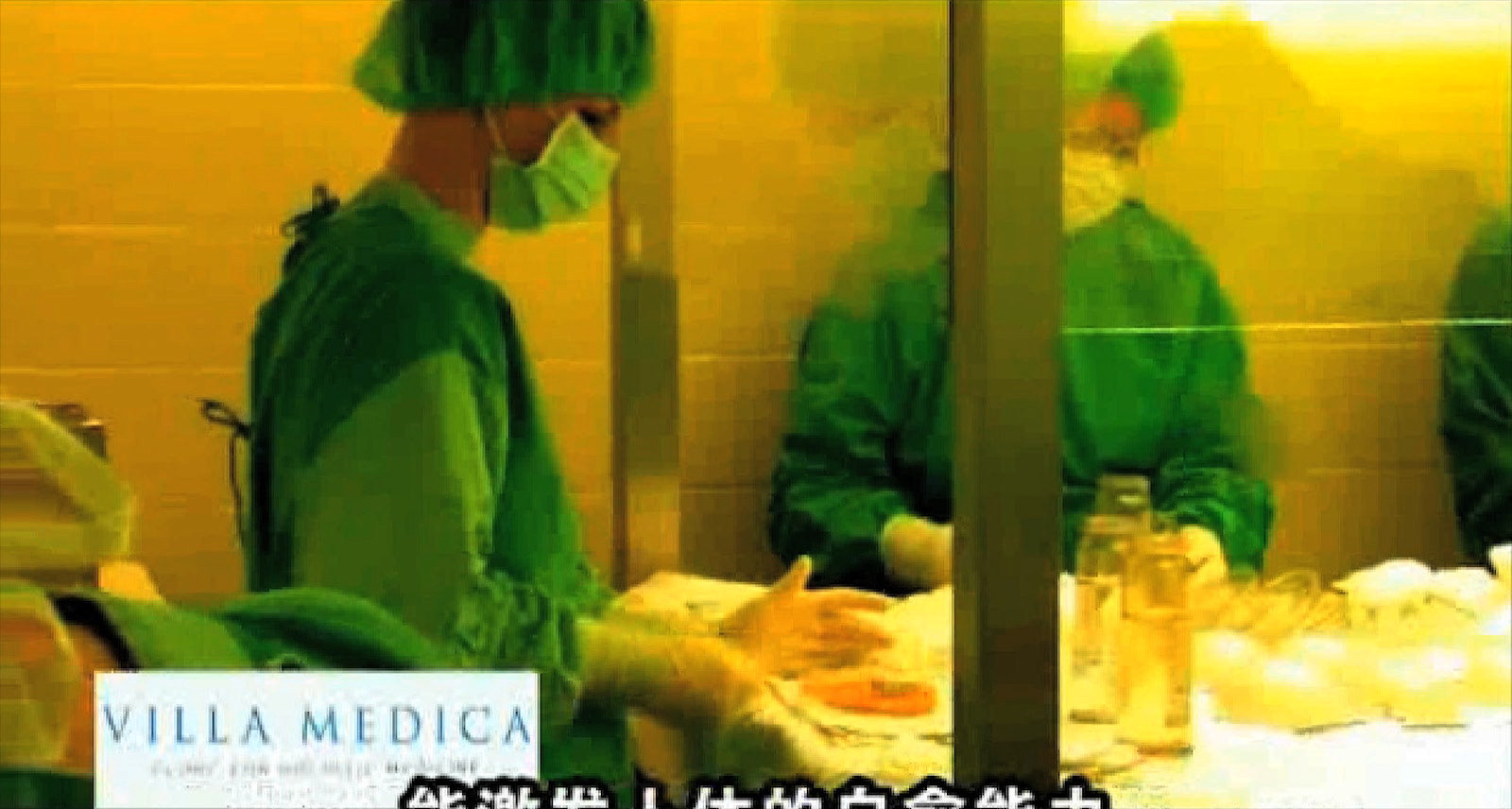
“Unethical, unscientific, and unconscionable”
The legal climate for fresh cell clinics is complex. Experts’ verdict on the treatments themselves, though, is not: Every independent expert contacted by BuzzFeed News said the treatments don’t work. Worse still, studies have shown people getting ill or even having fatal immune system reactions after receiving useless fresh cell injections.
The warning signs have been around for some time: In 1990, a paper from the American Cancer Society is clear. “There is no scientific evidence that fresh cell therapy is effective in the treatment of cancer,” it states. “In fact, serious side effects can result from fresh cell therapy.”
A paper from the same year in the Journal of Paediatrics and Child Health called the treatment “a cruel and dangerous deception.” “It has no proven benefit,” concluded a 1999 paper in the European Journal of Cancer.
It is the rise of — and future hopes for — stem cell technology that seem to have helped fuel the resurgence of fresh cell therapies. Much of the advertising refers to stem cells, helping to draw in international clients thanks to the association. It’s a situation that appalled multiple experts across the world who were contacted by BuzzFeed News.
“It is clear that people mingle all cell therapies in their minds,” said Professor Jeanne Loring, a cell researcher at the Scripps Research Institute in La Jolla, California. “There are cell therapies in clinical trials that are well designed and likely to work for macular degeneration and Parkinson's disease. The key difference is that these therapies are following regulatory guidelines, and seeking approval in the same way that drugs are approved.
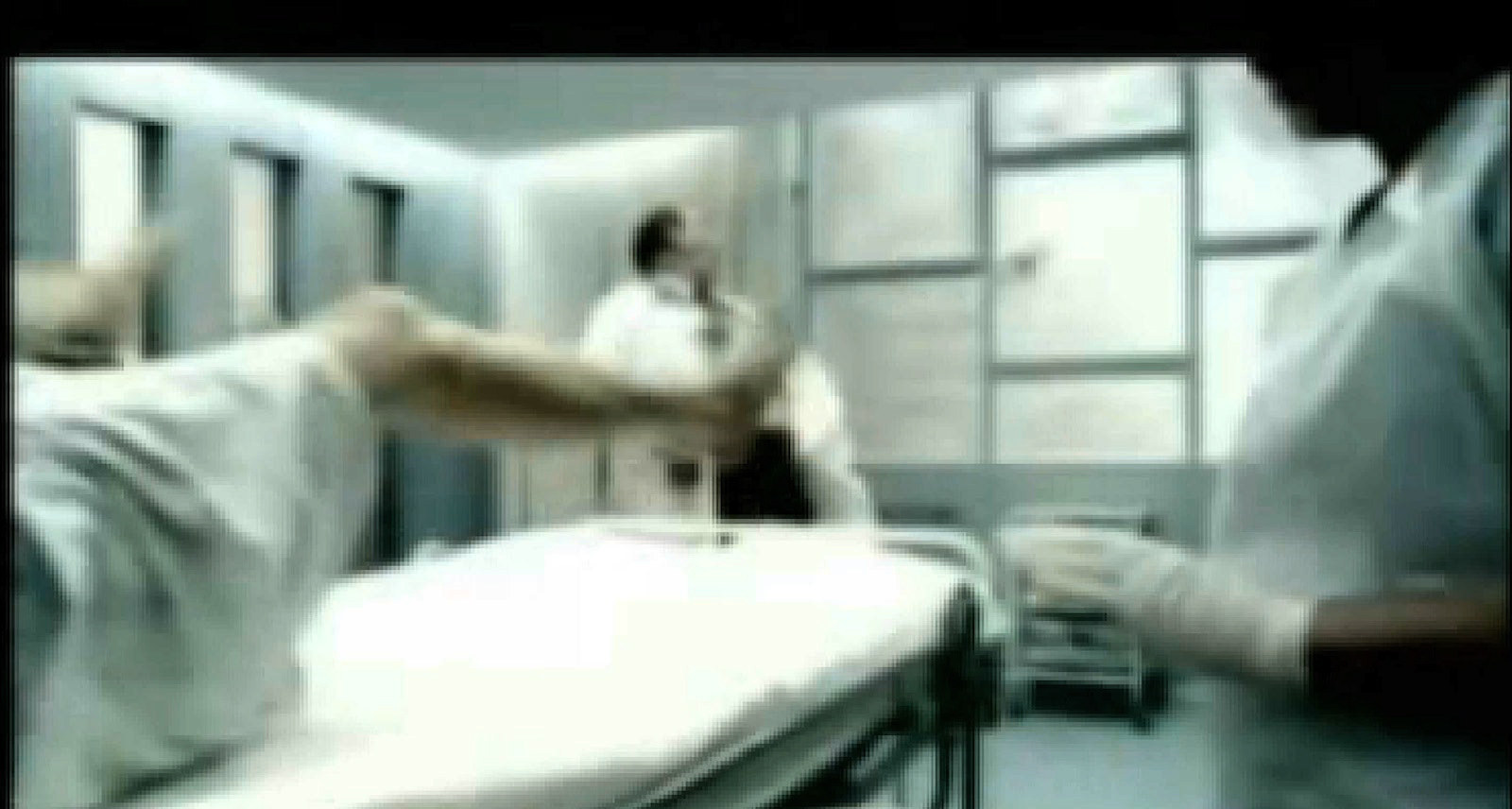
“I strongly advocate for oversight and believe that there should be legal ways to shut down those clinics that are blatantly taking advantage of the desperate by offering worthless, sometimes dangerous treatments.”
“Legally, morally, and ethically all health claims need to be supported by sound evidence,” said Professor Edzard Ernst, emeritus professor of complementary medicine at the University of Exeter in the U.K. “These preparations have no such support.
“In my view, people who exploit desperate consumers by selling bogus treatments which are not just ineffective but potentially harmful are nothing but charlatans who violate even the most basic principles of medical ethics.”
Others warned of the threat to legitimate stem cell research by clinics conflating fresh cell treatments and genuine medical advances.
"Several businesses that specialise in advertising fresh cells have begun to use the term ‘stem cell’ in their marketing materials,” said Doug Sipp, a researcher at the RIKEN Center for Developmental Biology in Japan. “To my knowledge none of them actually use bona fide stem cells other than whatever might incidentally happen to be in the fetal animal tissue, which is quickly eliminated by the recipient immune system.
“To the extent that these businesses cause confusion about what stem cells are and what they are capable of in a clinical context, it can represent a reputational threat to the field.”
“‘Fresh cell therapy’ is different than ‘stem cell therapy,’ though I suspect the former is trading on the excitement surrounding the latter,” said Professor Timothy Caufield, Canada research chair in health law and policy. “This is a controversial and entirely science-free therapy...there has been a lot of hype around stem cells and I suspect the ‘fresh cell therapy’ people are just leveraging this noise.”
Arthur Caplan, the director of the Division of Medical Ethics at the NYU Langone Medical Center, summed up the universal anger this therapy provoked in the experts contacted by BuzzFeed News.
“It is a cruel attempt to play on the desperation of the dying by associating quackery with stem cell research,” he said. “Ripping off the sick has a long tradition in the non-mainstream health care world and fresh cell treatments are the latest example of this unethical, unscientific, and unconscionable exploitative behavior.”
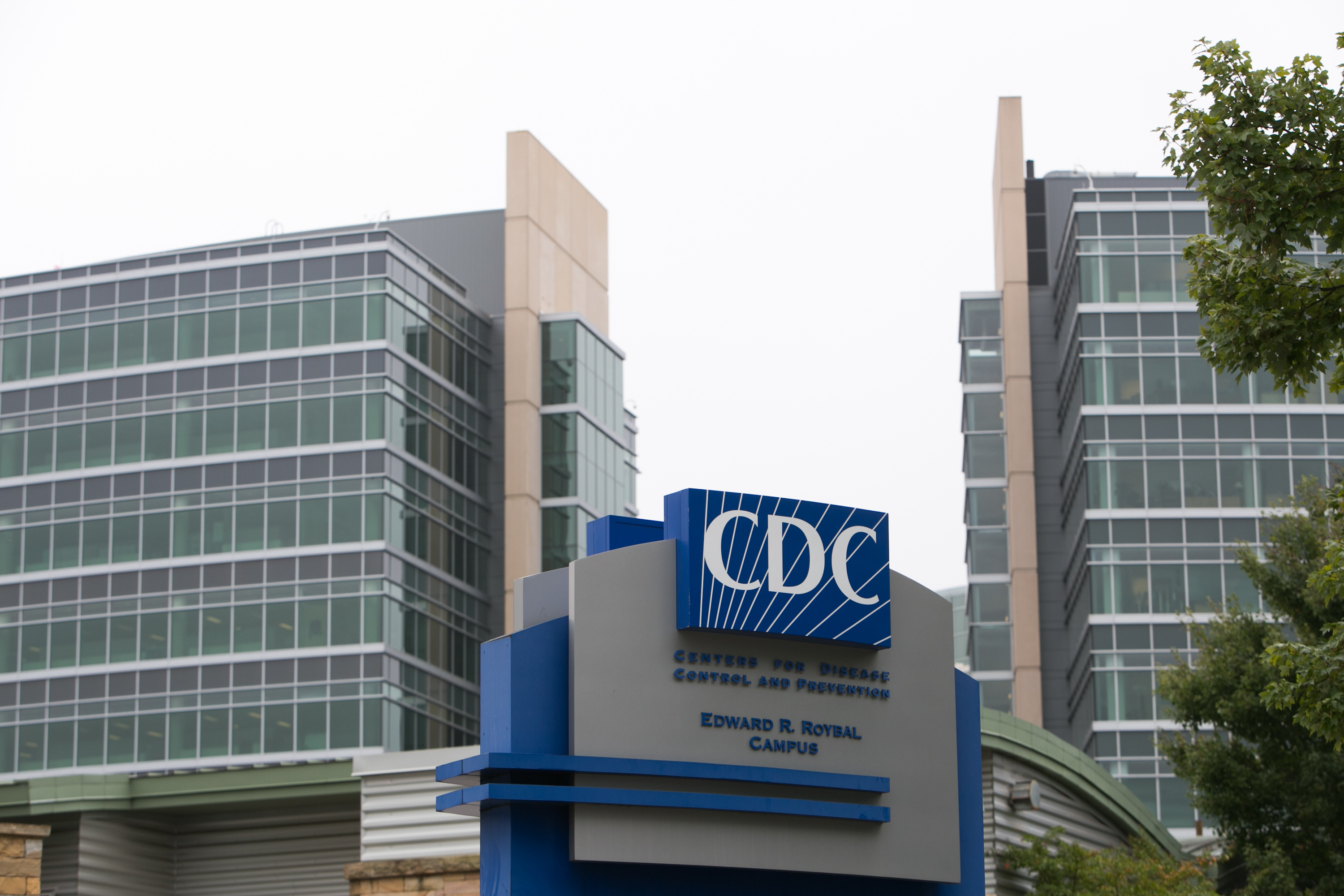
The risks of the therapy are real. Just last October, the U.S. Centers for Disease Control and Prevention (CDC) documented a small outbreak of Q fever, a flu-like illness that can take chronic form and cause serious heart and lung problems. People with pre-existing illnesses or weakened immune systems are particularly vulnerable.
The CDC found the outbreak among a group of patients who had traveled to Germany in 2014 for fresh cell therapy, though the organization did not state at which clinic. Two groups of U.S. patients a year traveled to the clinic, they said, and had done so for five years. None had been warned that Q fever was a risk of the treatment.
For others the consequences are still more severe, as case studies from the 1980s — the last resurgence of popularity for the bogus therapy — show. One of the cases written up for academic literature was that of a 69-year-old woman who collapsed immediately after a fresh cell injection and entered a coma.
A week later she developed rapidly worsening paralysis, removing her ability to swallow, and eventually to breathe. Twenty-five days later she was dead. A “healthy” 76-year-old woman died two days after an injection, with an autopsy revealing the same syndrome. The paper concludes the women had an unusual fatal immune system reaction to the foreign cells.
The "Mercedes" of health care
Despite the array of experts lined up against fresh and frozen cell treatments, Villa Medica mounted a spirited defense of its techniques.
Rainer Klingler, the CEO of Villa Medica Healthcare, told BuzzFeed News the clinic itself and its “general agent” based in Thailand were “legally and commercially independent companies.” He said the clinic now specialized in “freshly frozen” rather than “fresh” cell therapies.
“Whereas in the past also our clinic has been injecting fresh cells, we are now only applying freshly frozen cells. This change provides the utmost security for our patients,” he said. “We do not criticize allopathic medicine, never. We are offering an alternative solution and a complementary therapy, supporting in many cases where the traditional medicine was or is not adequately successful in a long run.”
He said the treatments offered by his clinic were high quality and safe.
“In our practice and in that of our predecessors we have observed in a very small number of cases of allergic reactions as they can occur after any medical treatment,” he said. “Nowhere in medical literature you will find proven cases of side effects of CT [cell therapies] other than allergies. No proven death cases caused by CT have been reported.
“You will find of course at some of our competitors examples of lack of quality in production of cell material or negligence in application of cell material.”
Klingler said his clinic’s agents were “independent entrepreneurs and independent in their pricing,” and said the clinic’s own pricing was fair.
“Our prices are reasonably calculated and do of course consider that we are offering the highest standards in quality of cell material, in hygienic safety for the patient, in accommodation and in aftercare,” he said. “You will find cheaper offers in the same way as you will find cheaper cars than a Mercedes.”
He concluded by differentiating fresh cell therapy from frozen cell therapy, and said Q fever was the result of poor hygiene rather than the treatment itself.
“I have no reason and I have no intention to defend fresh cell therapy,” he said. “Villa Medica has decided two years ago — for good reasons and for the sake of the patient — to abstain from fresh cell therapy and to move to frozen cell therapy only.
“You can compare Q fever with flu: Infection can be transferred by air and you can catch it anywhere like a cold or chickenpox, also in a regular public hospital. During a Q fever epidemic in our region some years ago not one of our patients was infected, which stands for our hygienic standards.”
At the time of publication, the Swiss clinic CSH had not returned requests for comment made to any of the listed addresses for its head office in Switzerland, nor its satellite offices in East Asia.
“Take three daily for three months”
None of this has been enough to stop the internet helping fresh cell therapy go truly global. Not only does the web help the Swiss and German clinics attract wealthy foreigners to their clinics, it also allows other companies to sell a pill version of the sheep cells and ship globally.

One of the biggest players was Labdom, which used to produce a range of pills and injectable fresh cell products under the MF-III and FCTI (Fetal Cells Technology Institute) brands. The MF-III brand has subsequently been sold to a new owner, Nexgen.
These brands’ marketing materials make some truly staggering claims. One poster stated that FCTI’s “Fetal Precursor Stem Cell Therapy” has a “>95%” success rate in the “treatment of patients with pre-terminal AIDS." Other posters featured pictures of children with cerebral palsy and autism, offering “stem cell” treatment as “THE SOLUTION” or the “treatment of choice.” FCTI offered several treatments at the time, including some based on the cells of rabbit fetuses.
MF-III pills meanwhile, an online listing claimed, could help treat autism, cancer, emphysema, Parkinson’s, depression, heart disease, and dozens of other conditions.
They are still available with worldwide shipping, despite not being regulated or approved as medicines in many of the countries they ship to.
Among the addresses listed by the company is a central London location. A spokesman reached by BuzzFeed News on the listed phone number in February this year said the company had tried to set up a London shop but had a “nightmare” due to “regulation issues.” As a result, he explained, “We don’t ship any commercial orders to the U.K. but we do have a number of personal orders on a regular basis.”
Medical staff in Australia have reported on multiple occasions finding patients had received imports of fresh cell therapy pills. And in America, getting hold of MF-III’s sheep placenta pills is easy: They’re listed on Amazon.com.

For $240 plus delivery, you can buy a pack of 30 “ovine placenta extract” pills from the “herbal supplements” section of the site, sold through a third-party reseller. Gone are the claims to treat AIDS and cancer, replaced instead with vaguer promises that the treatment “rejuvenates and regenerates cell growth” and “strengthens the immune system.”
A spokeswoman for MF-III said it does not directly sell its treatments online.
“MFIII range of supplements do not contain fresh or fresh frozen cells," she told BuzzFeed News. "Only one product under the softgel range contains sheep placenta; which is the MFIII PE Softgel Advanced Formula.
“To our knowledge, our official MFIII website, Nexgen BioPharma and associated sites do not have any London address. There may be other websites owned or managed by resellers under which we have no control or knowledge. We do not own any Amazon listings.”
She added, “there are no side-effects to date as this is a nutritional supplement.”
David Marshall, who described himself as an external management consultant restructuring FCTI, said the company was presently “on hiatus” pending a relaunch “with a new discipline.”
He said FCTI does not now offer fresh or frozen cell therapy, instead focusing on treatments using patients’ own cells.
Asked about claims about AIDS and other conditions made in previous posters, he said, “Yes, this marketing material exists and is withdrawn pending the relaunch of the business Q2.
“I too have queried these claims, and all the claims. My feedback thus far is that the claims were made based on reporting data from the medical practitioners who administered the therapy.”
For the treatments’ critics, a brief line tucked away in the “legal disclaimers” section of an MF-III Amazon listing spoke of the effects more starkly.
“This product,” it says, “does not diagnose or treat any condition.”


